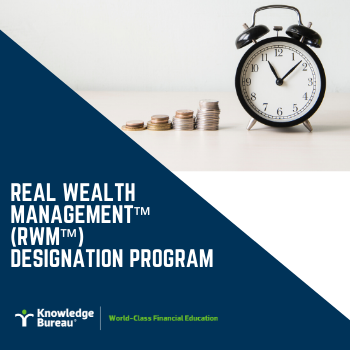Buying Your First Home? Use the RRSP Home Buyers’ Plan

Evelyn Jacks
Statistics released on February 14, 2020 by the Canadian Real Estate Association (CREA) show that national home sales declined by 2.9% between December 2019 and January 2020, but prices are poised to rise later in the year. This could therefore be a good time to buy that first home, especially with the help of the enhanced RRSP Home Buyers’ Plan. For these reasons, some of your clients may still be interested in topping up their plans before March 2 RRSP contribution deadline.
The HBP allows first-time home buyers (or those who have not owned a home in the current year or preceding four years) to withdraw, on a tax-free basis, up to $35,000 of funds saved within their RRSP for the purpose of buying or building a home. Provided certain conditions are met, no tax will be withheld on such withdrawals.
The withdrawals may be a single amount, or you may make a series of withdrawals throughout the year as long as the total does not exceed $35,000. In order to qualify, you must intend to occupy the qualifying home as a principal residence.
You can also make tax-free withdrawals from an RRSP for the purpose of building or purchasing a compatible home to meet the needs of a disabled person. If the home is for the use of a  disabled person, the requirement that you be a first-time buyer is not applicable. This may be important for baby boomers who need to move from a two-storey to a one-storey home, for example, because of a health vulnerability in the family.
disabled person, the requirement that you be a first-time buyer is not applicable. This may be important for baby boomers who need to move from a two-storey to a one-storey home, for example, because of a health vulnerability in the family.
Repaying your RRSP
You must repay the funds back into the RRSP, over a period not exceeding 15 years, beginning in the second calendar year after the withdrawal. Amounts due and not repaid are included in your taxable income in the year they are due. It is important to refer to your most recent Notice of Assessment (NOA) to confirm the amount to be repaid each year.
You and your spouse or common-law partner may each participate in the plan and together withdraw up to $35,000 from each of your respective RRSPs to a maximum of $50,000.
A qualifying home is a housing unit located in Canada. This includes existing homes and those being constructed. Single- family homes, semi-detached homes, townhouses, mobile homes, condominium units, and apartments in duplexes, triplexes, fourplexes or apartment buildings all qualify. A share in a co-operative housing corporation that entitles you to possess, and gives you an equity interest in, a housing unit located in Canada also qualifies.
But take special note of this rule: if you contribute funds to your RRSP in the 90-day period prior to making a withdrawal and any of the deposit amounts are withdrawn, you may not claim an RRSP deduction for the amount of the contribution that you withdrew.
With your tax specialist at your side, together with the help of a well-informed financial advisor, carefully consider what sources of capital are available to contribute to your home down-payment. If that capital is not benefitting from the tax-deferred environment that earnings enjoy within the RRSP, it may be best to leave the RRSP undisturbed, despite the advantages of the Home Buyers’ Plan, to continue its pure growth.
On the other hand, a larger down payment will help you cut down on mortgage interest costs that are non-deductible. Be sure to have your advisors do these calculations for you. Look for someone with an RWM™ designation. These professionals are trained to work collaboratively to enable your financial peace of mind when life events like buying a home come along.
Additional educational resources. Learn more about the RWM™ designation program, or take a free trial.

COPYRIGHT OWNED BY KNOWLEDGE BUREAU INC., 2020.
UNAUTHORIZED REPRODUCTION, IN WHOLE OR IN PART, IS PROHIBITED.